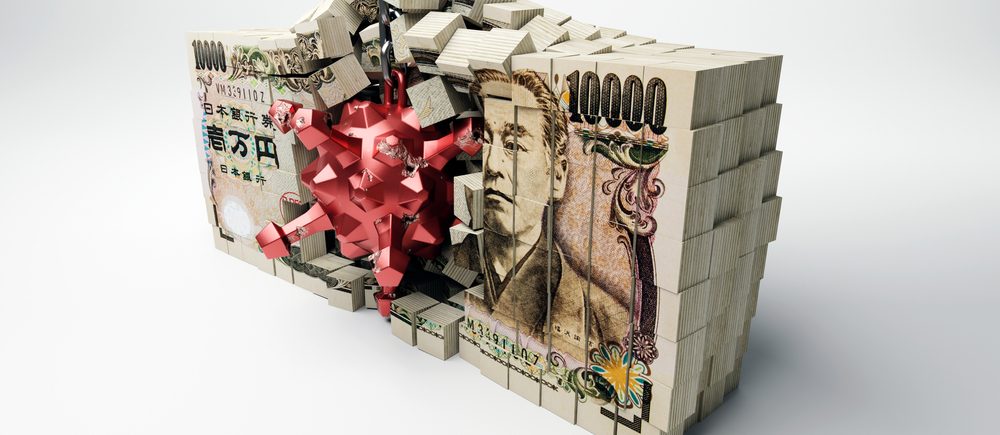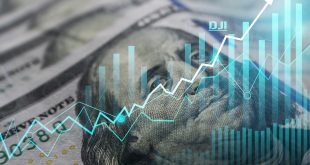The AUD/JPY pair is running into monthly resistance but prior highs near 102.80 will be eyed if the bulls stay within the current course. The yen is suffering a central bank deviation blow and a potential course shift. While investors worry over decades-high inflation, the Bank of Japan has decided against hiking interest rates to combat surging prices, a decision that is eventually weighing on the yen.
The yen has also hit a seven-year low against the euro, with the single currency benefitting from expectations that the European Central Bank will soon embark on its own rate-tightening. Sydney’s stock market closed down more than one percent Tuesday after the Australian central bank announced a bigger-than-forecast rate hike to quell inflation.
London equities steadied approaching the half-way stage after British Prime Minister Boris Johnson survived a vote of no confidence from his own Conservative MPs. The pound, looked upon as a better indicator of UK economic health and political stability, also dropped versus the dollar and euro.
At 95.89, AUD/JPY is strong and rising over 1% on the day following a surprise move and hawkishness from the Reserve Bank of Australia. AUD/JPY rallied to the 96.14 high on the back of the RBA’s rate hike decision and the statement that says openly that, “the Board expects to take further steps in the process of normalizing monetary conditions in Australia over the months ahead. The stronger language that had been set out in May suggests at least another 50bp increase the next few months.
By contrast, the weakening trend in the yen has reasserted itself while the monetary policy divergences will continue to broaden and that should lead to continued yen weakness. As a consequence; the USD/JPY pair is trading at a new high for this cycle near 133 which has helped to raise the Australian dollar/yen cross further.
Historically, the yen’s correlation to stock markets has been negative as it tends to benefit from risk aversion. But, since April 2022, the said correlation to the S&P 500 has broken down as follows and instead, the dollar plays a role on the yen’s stage.
The indicator at the top is a trend bias indicator based on the strength of the US dollar. In this scenario, it is indicated that the S&P 500 is destined to move lower. Meanwhile, the JXY index that measures the yen vs. a basket of currencies is moving lower, despite this while the greenback’s trend is bullish. Whether this is a paradigm shift or just a brief irregularity will be important for the direction of AUD/JPY, as historically, the pair has been regarded as the forex risk barometer. If the Japanese yen continues to decouple from risk, then the AUD/JPY will more likely depend on the RBA and central bank divergences.
The Bank of Japan is committed to conducting fixed-rate operations, which will be expected to keep this sharp Japanese yen depreciation going for the time to come which could expose a much higher level in AUD/JPY.
Finally, the BoJ’s efforts to anchor the yield target around 0% is more important to it than the cost of living and the central bank has made it clear that it firmly believes that higher yields would impose bigger costs on the economy.

 Noor Trends News, Technical Analysis, Educational Tools and Recommendations
Noor Trends News, Technical Analysis, Educational Tools and Recommendations




